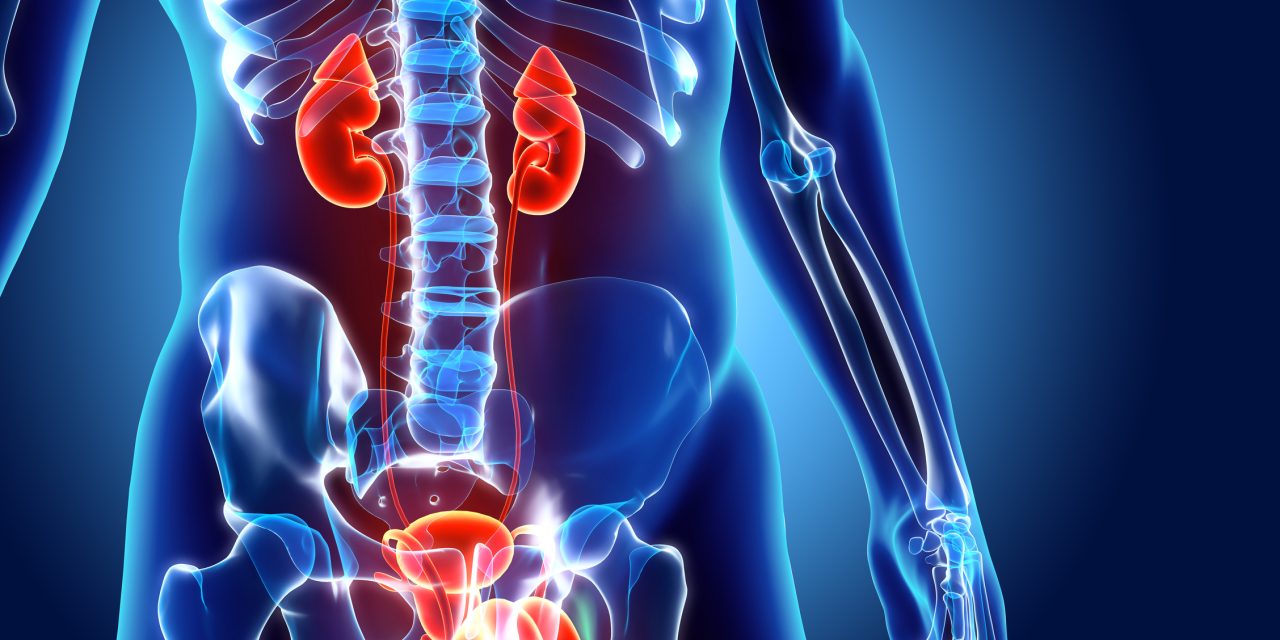To summarize the current evidence on different laser-based enucleation techniques for benign prostate hyperplasia and compare the efficacy and safety of en-bloc, two-lobe and three-lobe techniques.
Through a systematical search of multiple scientific databases in March 2021, we performed a systematic review and cumulative meta-analysis of the primary outcomes of interest according to the PRISMA (Preferred Reporting Items for Systematic Reviews and Meta-Analyses) and AMSTAR (Assessing the methodological quality of systematic reviews) Guidelines, whose protocol was registered with PROSPERO(CRD42021240684).
A total of 9 studies were included. All three laser enucleation techniques had no statistically significant difference in terms of enucleated prostate weight, maximum urinary flow rate (Qmax), postvoid residual urine volume (PVR), international prostate symptom score (IPSS), transient UI (TUI), persistent UI (PUI) and early postoperative complications. A shorter enucleation time was associated with the en-bloc technique compared to three technique(MD: 8.26,95%CI: 12.73∼-3.79, p = 0.0003), whereas no significant difference was found in en-bloc versus two-lobe technique(MD:0.97,95%CI: 0.30-2.24,p = 0.13) and two-lobe versus three-lobe technique(MD: 3.19,95%CI: 7.45-1.06, p = 0.14). A higher enucleation rate was associated with the en-bloc and two-lobe technique (MD:0.05,95%CI: 0.00-0.10, p = 0.03; MD:0.09, 95%CI: 0.01-0.17, p = 0.03, respectively). A superior QoL was related to the two-lobe enucleation technique compared to three-lobe technique(MD:0.22,95%CI:0.06-0.39, p = 0.009), whereas no meaningful difference was found in the group of en-bloc versus two-lobe(MD: 0.12,95%CI: 0.62-0.37, p = 0.62) and group of en-bloc versus three-lobe(MD: 0.14, 95%CI: 0.56-0.29, p = 0.52).
En-bloc and two-lobe laser-based enucleation techniques are feasible and safe alternative to three-lobe technique with comparable surgical outcomes and similar functional outcomes. A superior enucleation efficiency was associated with En-bloc and the two-lobe techniques compared to the three-lobe technique.
Copyright © 2021. Published by Elsevier Ltd.
Comparison of different laser-based enucleation techniques for benign prostate hyperplasia: A systematic review and meta-analysis.


